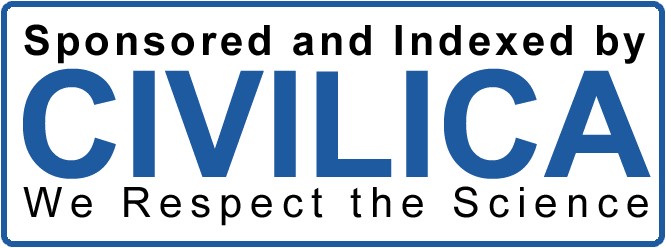Localization of Victimization Surveys: A Necessity for Unveiling the Dark Figure of Crime
Keywords:
Victimization survey, crime Victim survey, crime statistics, black crime figure, localizationAbstract
Victimization surveys are one of the methods to uncover the dark figure of crime. For crimes with identifiable victims, these surveys are conducted annually, or semi-annually for certain types of crime, as public surveys. Accurate crime statistics are essential for informed policymaking to prevent criminal behavior. However, these surveys have yet to be implemented in Iran, and crime prevention policies are primarily based on police and judicial statistics, which, for various reasons, fail to reflect the true criminal realities of society. On the other hand, adopting Western models of victimization surveys does not yield the desired data due to cultural differences in survey responses and varying social attitudes toward research projects. This paper aims to propose solutions for localizing victimization surveys to align with the cultural and religious factors prevalent in Iranian society. The research methodology is descriptive and analytical. Data collection is based on the experiences of leading countries in implementing such surveys and the researcher’s own experiences in conducting victimization surveys. Localization of victimization surveys should respect the religious beliefs of the population, safeguard individual privacy, and take into account the cultural nuances of indirect communication and Eastern modesty. Surveyors must also receive proper training on how to approach members of society effectively.
References
AU-MIDIS. (2009). Data in Focus Report: Muslims.
Durant, M., Thomas, M., & Willcock, H. (1972). Crime, Criminals and the Law.
Hosseini, M., & Mostafapour, M. (2017). The Dark Figure of Crime: A Challenge for Official Crime Statistics (A Comparative Approach to the U.S. and Iran). Journal of Comparative Law Studies, 8(1).
Javan Jafari, A. (2012). Scientific Guidelines for Crime Prevention. Center for Social Studies and Criminology, Mizan Publications.
Killias, M. (2010). International Crime Victimization Survey. In B. S. Fisher & S. P. Lab (Eds.), Encyclopedia of Victimology and Crime Prevention. Sage Publications.
Kounani, S. (2020). Critical Evaluation of the Theory of Rehabilitation and Treatment Failure. Quarterly Journal of Legal Excellence(4).
Mirma'soum-Nejad, S. M. (2016). Calculating the Dark Figure of Street Harassment Crimes Against Women in Mashhad Using Victimization Survey Methods. International Conference on Women and Urban Life, Tehran.
Norenzayan, A., & Peng, K. (2007). Perception and Cognition. In Handbook of Cultural Psychology. Guilford Press.
Piper, L., & Lucas, R. (1997). How to Conduct Victimization Surveys: A Workbook. U.S. Department of Housing and Urban Development, Office of Policy Development and Research.
Pishqadam, R. (2014). Pathology of Data Collection Methods in Linguistic Studies: A Step Toward Localizing Research Methods in Iran. Journal of Linguistic Studies(2).
Sparks, G., & Dodd. (1977). Surveying Victims. Wiley.
United Nations. (2000). Questionnaire for the International Crime Victim Survey.
United Nations. (2010). Manual on Victimization Surveys.
Walklate, S. (2005). Criminology. Routledge Publications. https://doi.org/10.4324/9780203448212_chapter_1
Downloads
Published
Submitted
Revised
Accepted
Issue
Section
License
Copyright (c) 2025 Seyedeh Marziyeh Mormasomnejad (Author); Jan Ahmad Aghaee (Corresponding author); Saeed Halimiha, Mojtaba Janipour (Author)

This work is licensed under a Creative Commons Attribution-NonCommercial 4.0 International License.








